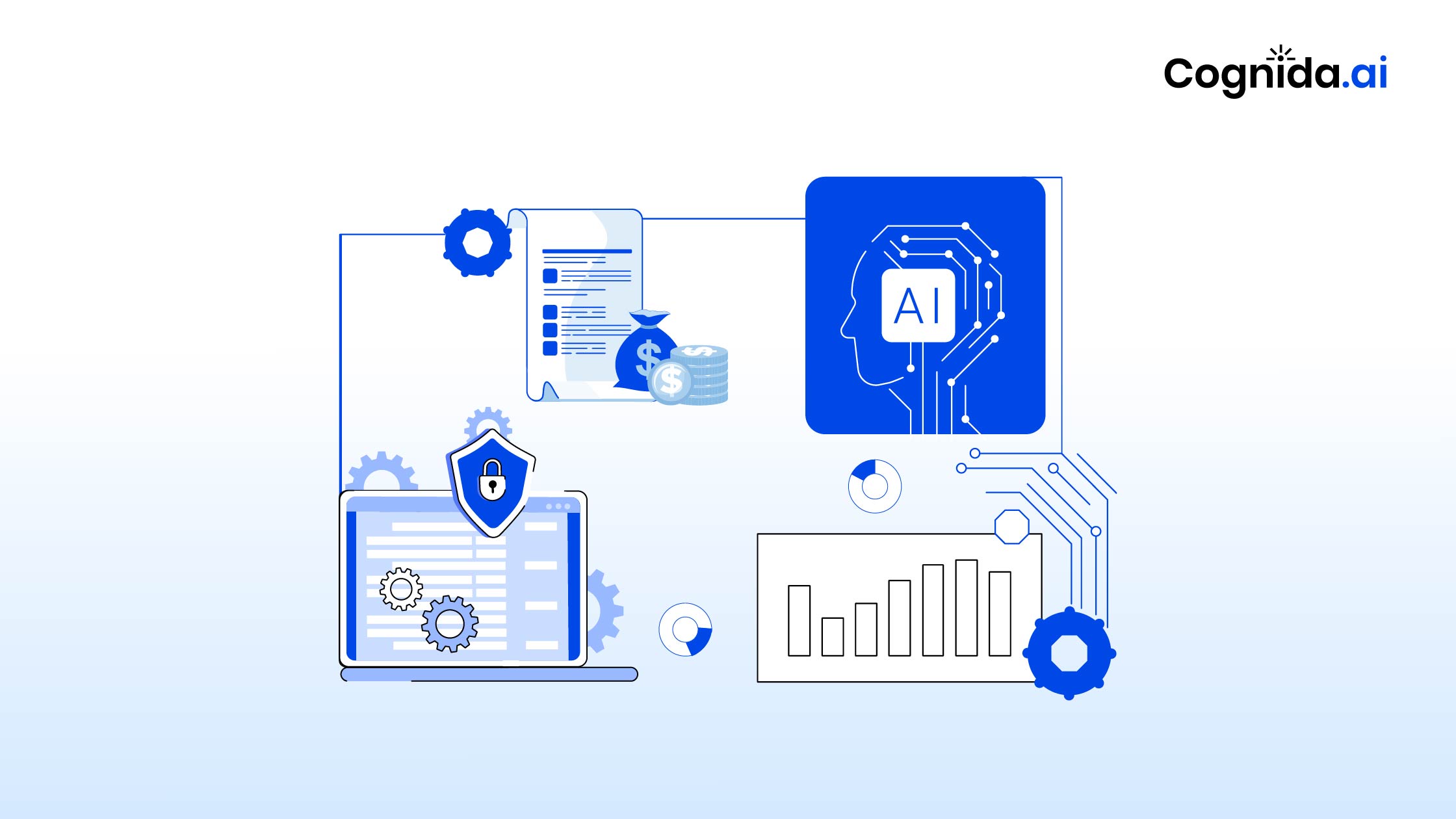In our previous blog, we shared a use case of deep learning in the logistics industry. It covered basic components of the intelligent solution.
Read more to understand how the solution works and its business impact.
The Working
The business logic was integrated into the model developed and run across a portion of video clip pertaining to the process. The output of time taken for each step was recorded in the terminal. Below are the screenshots for terminal output (in the right) and the corresponding instance of video clip (in the left).
- Truck parks in the loading bay

2. Driver uncovers the hydraulic shade from the truck’s trailer

3. Forklift with Aluminum roll arrives at the loading bay

4. Forklift loads the Aluminum roll onto the truck’s trailer

5. Driver covers the trailer with hydraulic shade

6. Truck leaves the loading bay

Business Benefits
With this solution, the business entity was able to analyze the truck loading/unloading operation at the bay area in their plants and flag an alert to the group manager on the shift duty, about any process that gets delayed beyond the SOP time.
This business entity also estimated a reduction in delayed processes by over 70% and wanted to implement this solution in the workers’ training department, The solution would help to analyze and train workers on a particular process and improve the qualitative learnings.
About the author
Sailesh Patra is an AI enthusiast and passionate tech blogger, with a deep-rooted fondness for all things cutting-edge. With a background in AI, Computer Vision, and Robotics, he brings a unique perspective and innovative approach to solve real world problems.
